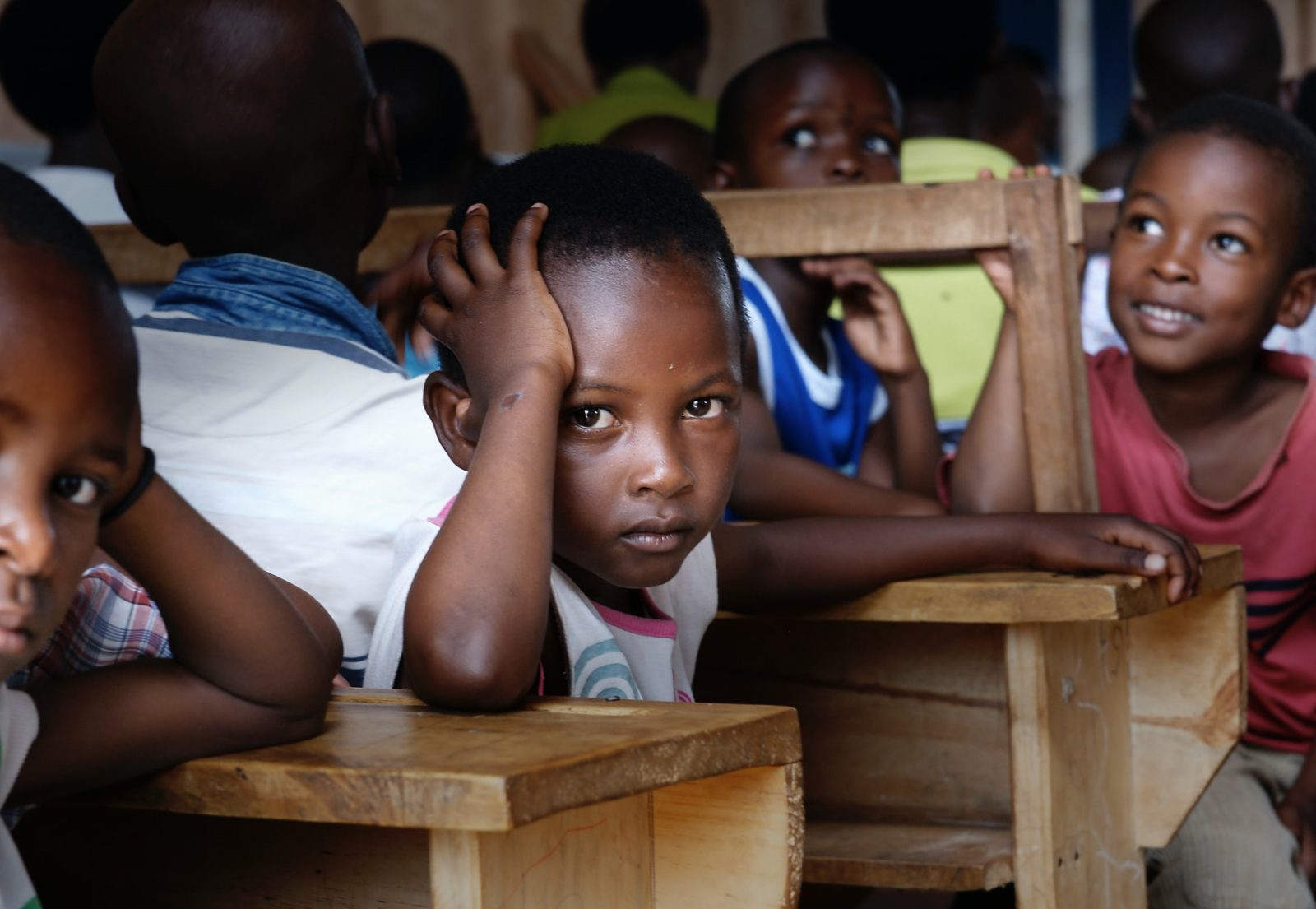Photo by bill wegener on Unsplash
As restrictions have been lifted and schools reopened concerns about the role of children in spreading the disease have come to the fore. Everywhere.
But what exactly is the status of children at this point in the global coronavirus pandemic?
Throughout the month of July 2020 the numbers of COVID-19 infections have risen sharply in Namibia, especially in the coastal Erongo Region, and have included infections of children, from babies and toddlers to teenagers.
Almost from the start of the pandemic, the scientific view has been that children’s risk of contracting COVID-19 was low and that children were not spreaders of the SARS-CoV-2 virus. In fact, a World Health Organisation (WHO) mission to China in February 2020 to gain insights into the spread of the new coronavirus found the following:
“Data on individuals aged 18 years old and under suggest that there is a relatively low attack rate in this age group (2.4% of all reported cases). Within Wuhan, among testing of ILI samples, no children were positive in November and December of 2019 and in the first two weeks of January2020. From available data, and in the absence of results from serologic studies, it is not possible to determine the extent of infection among children, what role children play in transmission, whether children are less susceptible or if they present differently clinically (i.e. generally milder presentations). The Joint Mission learned that infected children have largely been identified through contact tracing in households of adults. Of note, people interviewed by the Joint Mission Team could not recall episodes in which transmission occurred from a child to an adult.”
– WHO
While children still appear to be spared the most severe health impacts of the COVID-19 disease, the science has gotten better over the months since February 2020 and studies are now shedding more light on what role children (0 – 19 years) play in the pandemic.
Here are some of the latest findings from COVID-19 studies from around the world:
South Korea
The early release of the findings of a South Korean study in July 2020 shows that 10–19-year-olds are as likely to spread the SARS-CoV-2 virus as adults, while 0–9-year-olds were less likely.
The study authors state: “We showed that household transmission of SARS-CoV-2 was high if the index patient was 10–19 years of age. In the current mitigation strategy that includes physical distancing, optimizing the likelihood of reducing individual, family, and community disease is important.”
However, they note: “Although the detection rate for contacts of preschool-aged children was lower, young children may show higher attack rates when the school closure ends, contributing to community transmission of COVID-19.”
Israel
In another July 2020 release, an Israeli study found that high schools were at the center of recurring COVID-19 outbreaks after schools re-opened in mid-May 2020.
The report authors state: “The high school outbreak in Jerusalem displayed mass COVID-19 transmission upon school reopening. The circumstances promoting infection spread involved return of teenage students to their regular classes after a 2-month closure (on 18 May) and an extreme heatwave (on 19 May) with temperatures rising to 40 °C and above that involved exemption from face masks and continuous air-conditioning.”
Chile
Another school related cluster, a study also released in July 2020 showed how rapidly infection spread through a school and the surrounding community in Santiago, Chile, early in the country’s COVID-19 outbreak. The school offered from pre-school through to high school, and a sizable portion of children and staff showed infection and the school was shut down and the entire school community placed in quarantine following the outbreak.
The authors concluded: “Teachers were more affected during the outbreak and younger children were at higher infection risk, likely because index case(s) were teachers and/or parents from preschool.”
Additional studies
The early findings of a French study released in April 2020, also showed how a French high school became an infection cluster in an area heavily affected by COVID-19 in March 2020.
There are other reports and studies from Australia and Japan that also point to how children spread the SARS-CoV-2 virus within the school setting, potentially leading to wider community outbreaks.
However, the science on the issue of children as spreaders of the SARS-CoV-2 virus is still early and caution should be adopted when engaging with the available evidence. Even so, it does appear that the evidence is building that dispels the notion that children (0 – 19 years) are not major spreaders of the coronavirus.
What about Namibia?
With Namibian schools set for full re-opening in early August 2020, these emerging and early findings from other parts of the world should receive some attention.
All of the studies pointed to here showed that social distancing, hand hygiene and heightened school-area sanitation, as well as school closures, play an important role in mitigating the spread of COVID-19 within school communities.
It should be noted that Namibian education authorities have already issued guidelines to all schools to enforce and maintain social distancing and sanitizing measures.
As Namibia’s COVID-19 infection numbers tick upwards, the question becomes to what extent schools are able to enforce these guidelines effectively.

